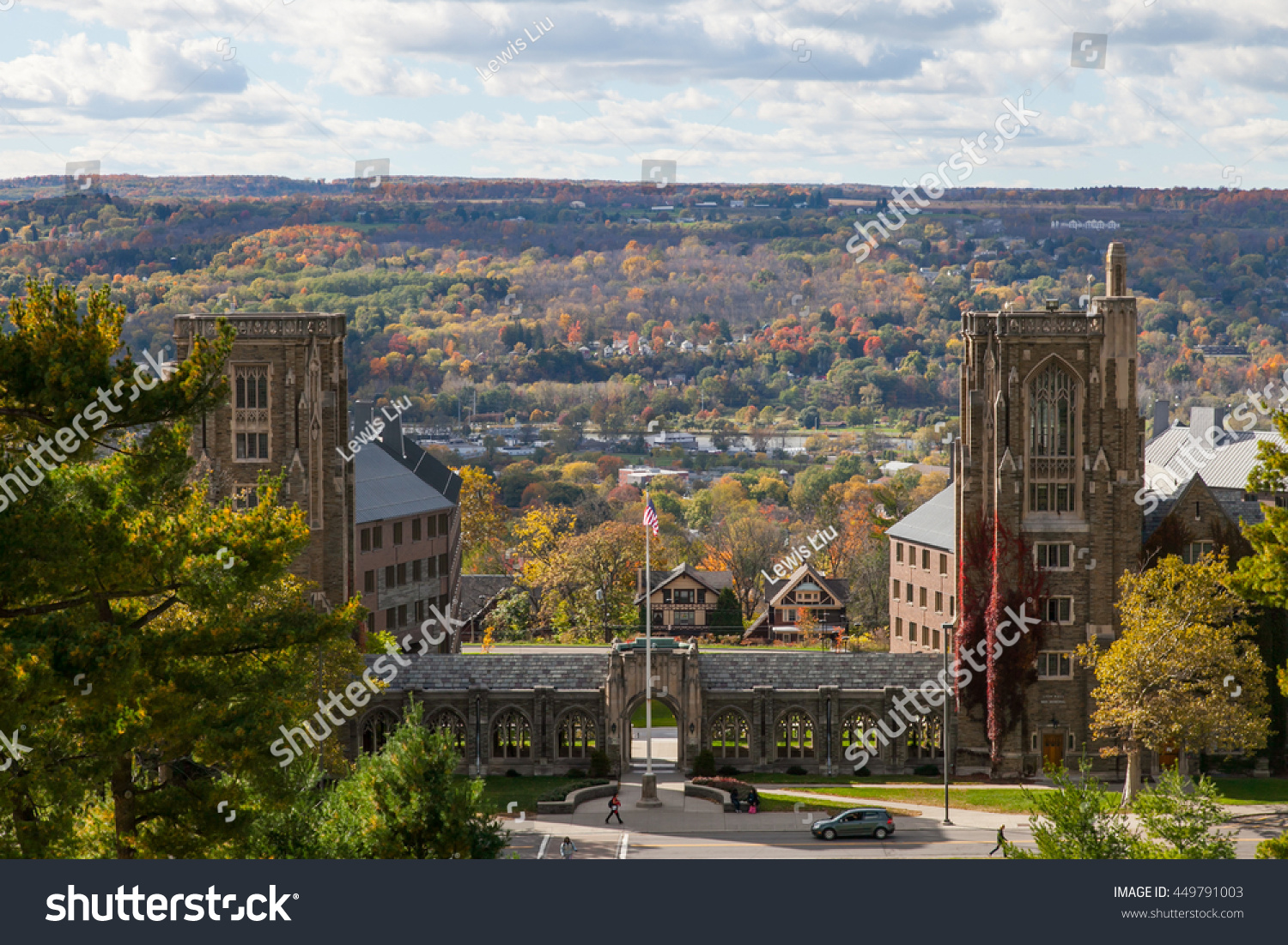For my supplemental text I choose to read "The College Amenities Arms Race" by Cara Newlon. More specifically, I selected this article, because the title somewhat stunned me but also resonated with my thinking.
The article begins with a list of relatively luxurious amenities recently add to some college campuses including "free movies [theaters]", "leisure [pools] with biometric hand scanners", and "climbing [walls] to make exercise interesting". As the article mentions, this may sound like an extravagant getaway, but it is becoming increasingly more common for college campus to possess such amenities or amenities of the same nature. As one might expect, this amenities come with a hefty price tag. In fact, "costs have been on the rise" following the depression, creating an atmosphere of competition between colleges' possession of amenities. However, as Newlon states "some of this construction has been necessary", due to an increase in enrollment.
This students are much different from the students of the past. They are a product of the amenities "arm race" and not only look for, but almost expect, such amenities to be provided. Although, these added amenities due contribute to the looming debt students face as they exit college and enter into the real world. Students, however, are willing to pay such high prices, which entices colleges to add amenities as a savvy "business decision". And so due to the encouraging business model, colleges continue to invest and compete by adding more and more amenities to catch future students' eyes.
I feel that this article relates to the main text, because the race for luxurious amenities somewhat takes away from the importance of incorporating nature into the academic environment. On a more obvious level, the amenities must be built on land that was previously unoccupied. This means that natural space is being taken away or at the very least diminished. Furthermore, such amenities promote activities outside of nature in man-made structures. In the same regard, this also diminishes the restorative property of nature for students. Overall, the amenities take away from what nature can offer. If thinking from the perspective of the article, is the business appeal of adding such amenities worth the potential health and happiness of college students?
Newlon, Cara. "The College Amenities Arms Race." Forbes, 31 July 2014, https://www.forbes.com/sites/caranewlon/2014/07/31/the-college-amenities-arms-race/#73afd2bd4883. Retrieved 19 February 2017.

 (photo credit: Brett Barnhill)
(photo credit: Brett Barnhill) (photo credit: Bryan Pollard)
(photo credit: Bryan Pollard)
 (photo credit: Bryan Pollard)
(photo credit: Bryan Pollard) Picture of Aderhold Balcony. Retrieved from
Picture of Aderhold Balcony. Retrieved from 